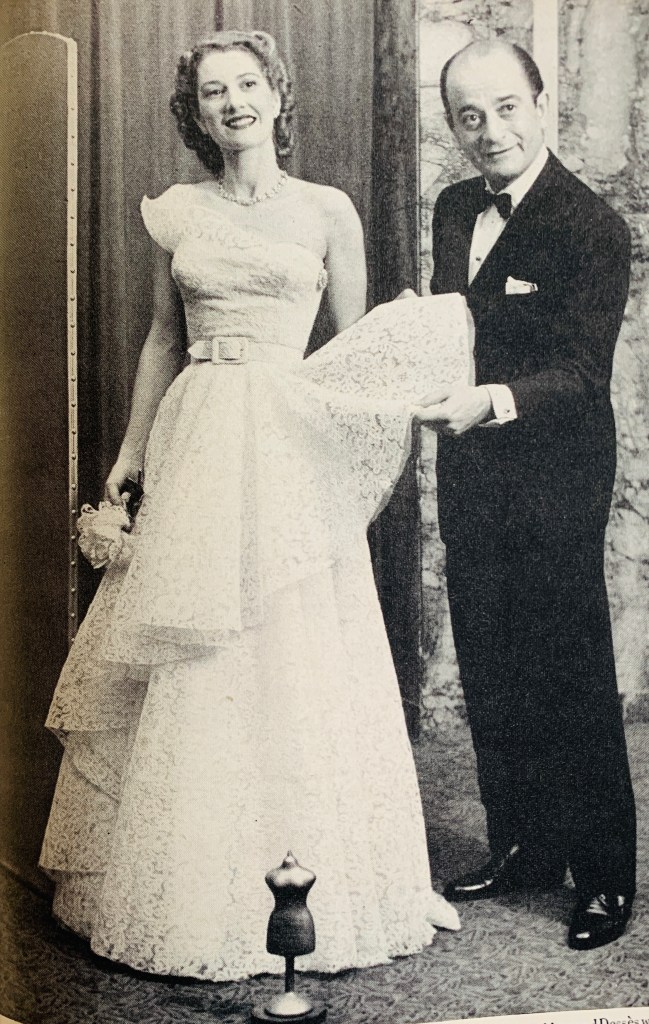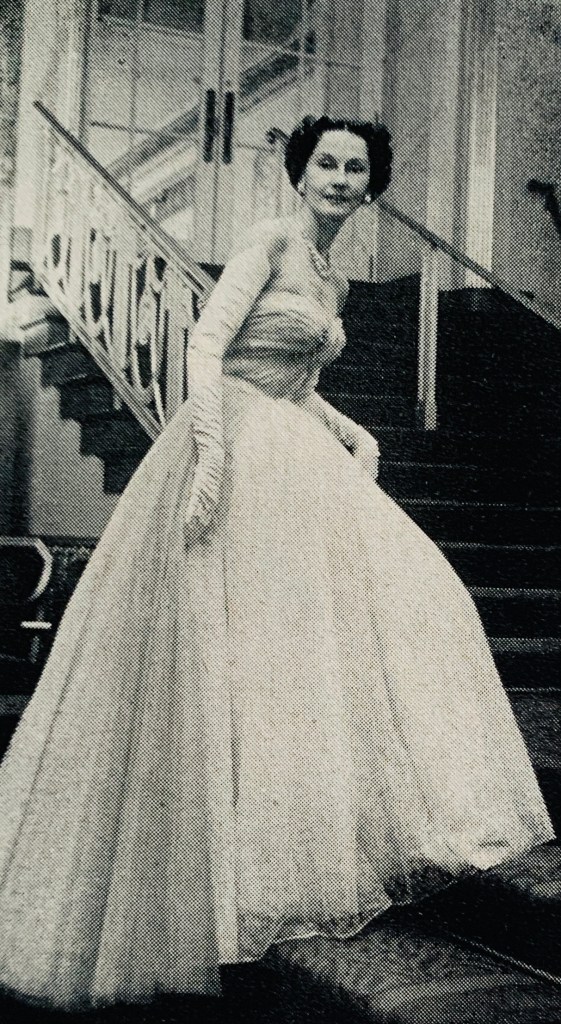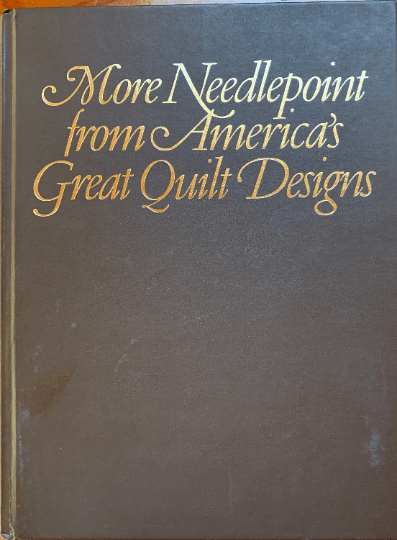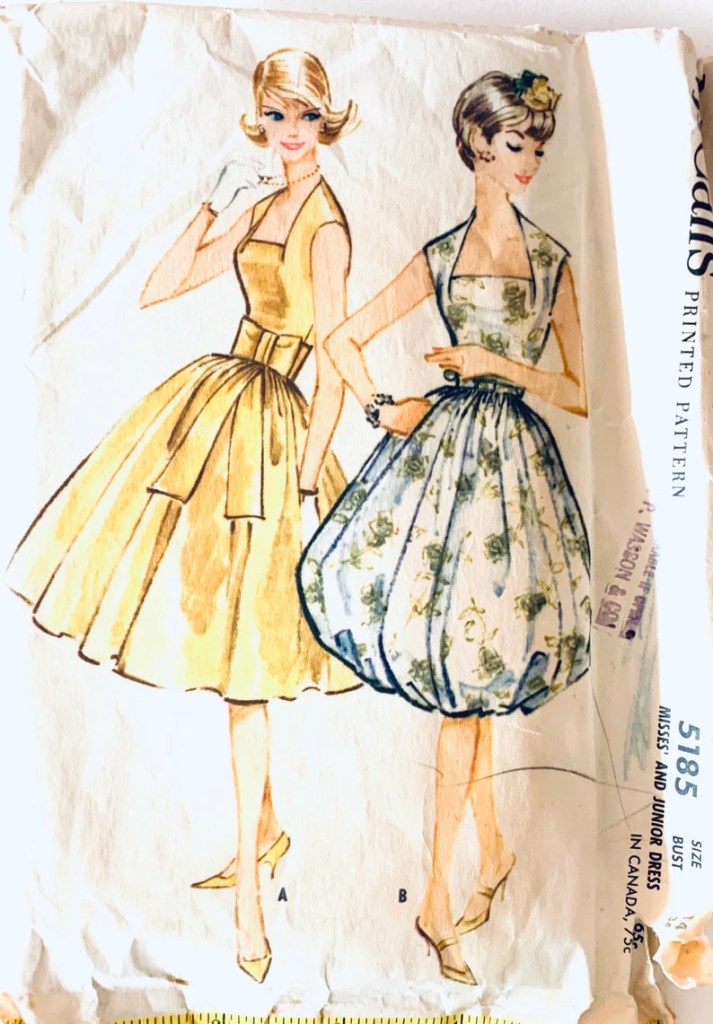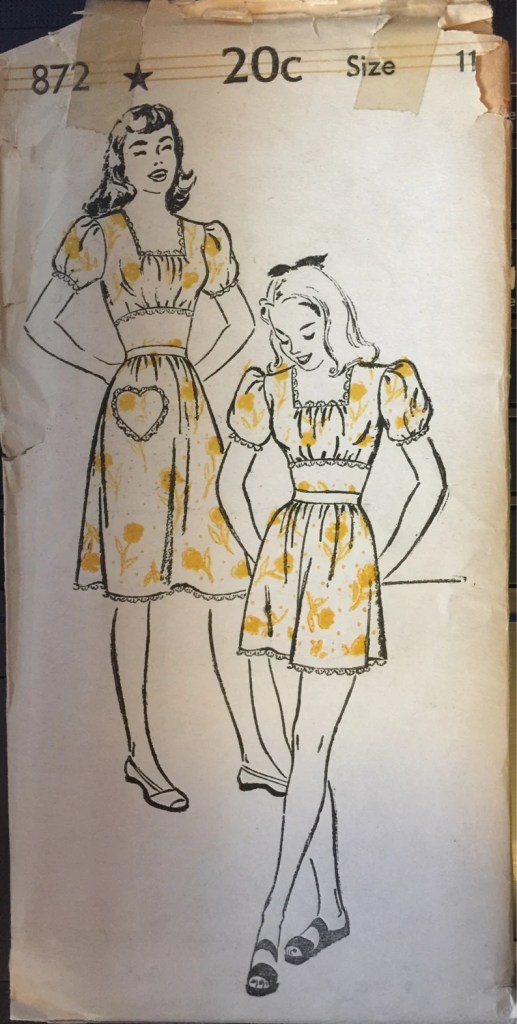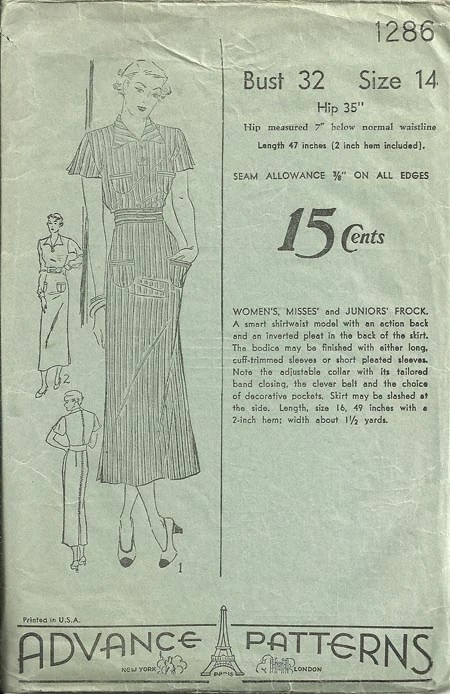
Rita Hayworth was something of a muse to Jacques Fath, who designed her blue wedding dress to the Prince Aly Khan, as well as her trousseau of 15 gowns to get her through the wedding week. Her wedding dress, designed in a powder blue Fath called “Rita Blue”, was copied almost immediately, and made available to the American public whilst the happy couple was still on their honeymoon. It was only available in America in navy and black. He then designed her maternity wardrobe shortly afterward. The sale of her wedding dress design caused an on again off again feud between the two, and Fath reportedly didn’t even send congratulations to Rita at her next wedding only four years later. There is no word whether they reconciled before his very untimely death from leukemia in 1954.
This dress, shown in Life Magazine was also designed for Rita, and was also seen in her namesake blue.


